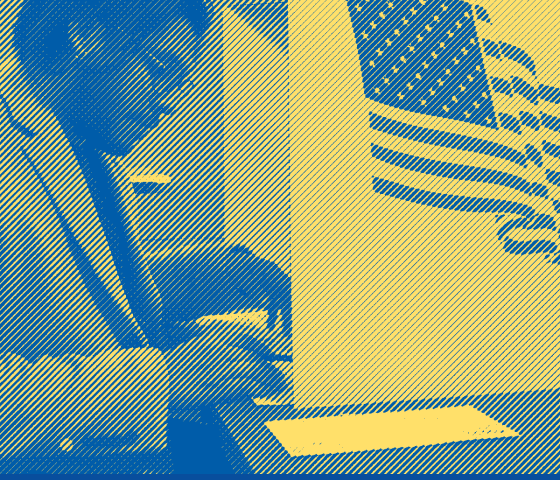This glossary is meant to assist and encourage people to accurately communicate about LGBTQ (lesbian, gay, bisexual, transgender, queer, and questioning) people and gender identity.
We recognize that no community or identity is a monolith. There will be people who use different terminology when talking about themselves or those with a shared identity.
- Gender has two components:
- Gender identity is a person’s basic internal sense of being a man, woman, and/or another gender, such as gender queer or gender fluid.
- Gender expression is conveyed through appearance (clothing, make up, physical features such as breasts, etc.), behaviors, and personality styles. These expressions are often culturally defined as masculine or feminine. The ways in which people express their gender identity are particular to each individual and can vary across cultures.
- Transgender: Refers to a person whose sex assigned at birth (usually based on external genitalia) does not match their gender identity (their psychological sense of their gender).
- Cisgender: Refers to a person whose gender identity aligns in a traditional sense with the sex assigned to them at birth.
- Gender Dysphoria: Significant distress or impairment related to a strong desire to be of another gender, which may include a desire to change primary and/or secondary sex characteristics. It often begins in childhood but might not occur until after puberty or much later.
- Sex: A biological term defined by anatomy, hormones, or genetics—physical aspects—rather than internal, psychological aspects.
- Sexual Orientation: Describes the types of individuals toward whom a person has emotional, physical, and/or romantic attachments.
Source: American Psychiatric Association
